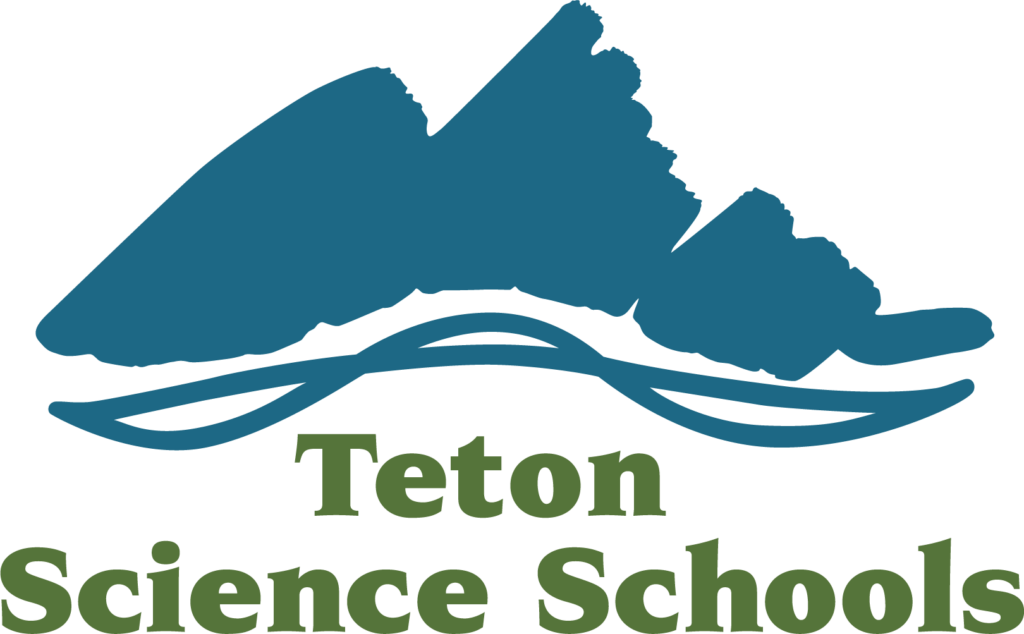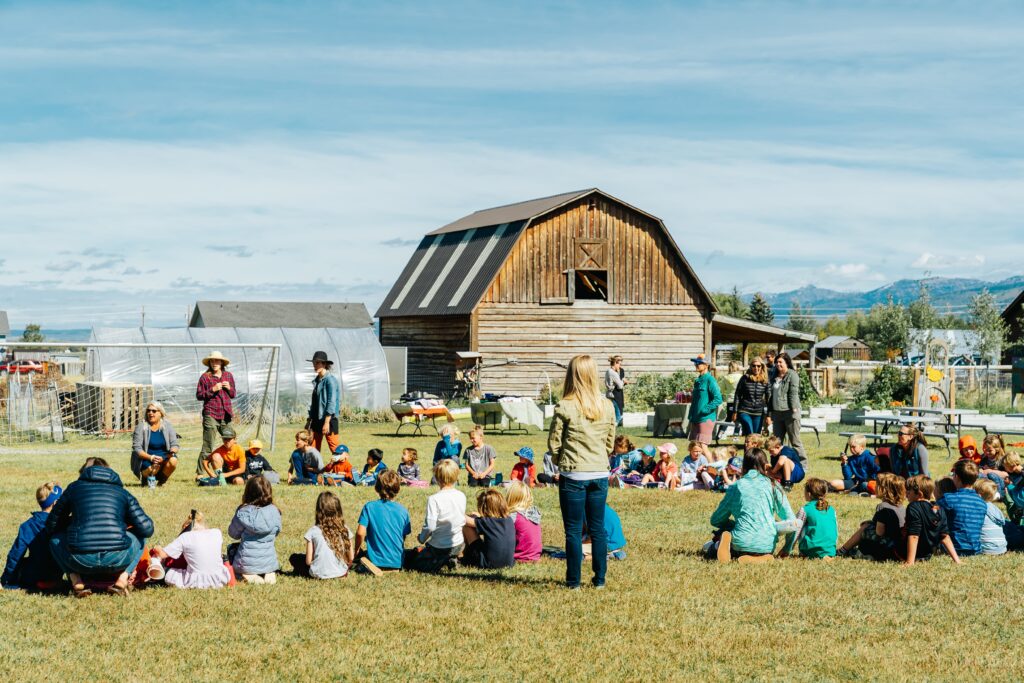It was only a week ago that over 300 students, administrators and educators came together at the Virtual Place-Based Symposium to celebrate place-based education and the incredible work happening around the world. There was shared laughter, insightful dialogue between colleagues and partners and revelations that sparked the creative minds of many in attendance.
And yet, every person in attendance tuned in from the comfort of their own homes.
Since the event, we’ve heard stories from individuals who sat fireside during individual presentations and families who made pizzas during Pecha Kuchas — everyone finding their own way to be present and find meaning within the new digital format — an embodiment of what it truly means to be place-based.
Although participants met in a digital space, feelings of hope and inspiration were shared across screens. The benefits of attending an in-person event–connection, collaboration and community–were still gained as a result of (virtually) exchanged wisdom, knowledge and kind words.
We were truly together, embracing our own places.
So what actually happened in the three hours we were all together. Let’s dive in!
Presentations Rooted in Place-Based Education
This year, the Symposium welcomed 12 presenters from throughout the organization, local community and beyond the Greater Yellowstone Ecosystem. Each presenter shared their wisdom through a quick, ten-minute presentation. Presenters spoke on topics as they related to four themes: application of place-based education, community impact through place-based education, place-based education beyond the Greater Yellowstone Ecosystem and standards & place-based education.
Over the span of an hour, participants were introduced to ideas on how place-based pedagogy can be applied to the organization of social change movements, from grassroots activism to community-based participatory research; to stories of how the a large school district in Missouri transformed from traditional textbook-based learning to a county-wide place-based nature school; to ideas for inspiring and empowering ownership, vision and design in field-based experiences.
With the “freedom of two feet” philosophy in place, participants were able to leave and join presentations just as they might do if they had joined us in person.
Interested in reading the descriptions of all of our presentations? You can view the full 2020 Symposium proceedings here.
A Reel of Pecha Kuchas
The Pecha Kucha presentations are always some of the most entertaining presentations of the evening. They’re fast and fun at only five minutes each and, this time, were formatted like a Hollywood reel of best-in-show clips!
This year, we watched on as a Place Network coach and her daughter told us a story about how a group of engaged 5-7 year olds, two inspiring teachers and local wildlife biologists worked together to raise awareness about wildlife crossings and human impact on local wildlife; got asked “What makes you come alive?” from an author in Denver as she shared how we can all put true nature back into our lives and what she’s learned from her “kid guides”; and laughed our way through a presentation on how to use humor in teaching.
You can now watch them all on our Teton Science Schools Vimeo channel!
A Powerful Keynote on Storytelling

“Time is running out for us to learn about these items, that knowledge is fading away…People say it’s fading, but it’s not lost.” – From “What Was Ours” a film by Jordan Dresser
Our Keynote address is always one of the most captivating and moving parts of the evening and this year, we had the pleasure of welcoming Jordan Dresser, Collections Manager for the Northern Arapaho Tribal Historic Preservation Office and creator of the films “What WasOurs” and “The Art of Home: A Wind River Story.”
Over the span of his address, Dresser shared the importance and power of storytelling within indigenous culture, sharing his own stories from the Wind River Reservation in central Wyoming. Stories like discovering that the Shoshone and Arapaho tribes on his reservation no longer had possession of many of their own artifacts — “drums, pipes, eagle wing fans, medicine bags, weapons, and ceremonial attire were sold off decades ago and taken far from home, only to be kept in storage, their sacred meanings slowly being lost to time” — or of two indigenous artists who travel back to the Wind River Reservation to “reconnect with their ancestors and heal old wounds as they discover what it means to go home to a land they feel an unexplainable connection with.”
Like watching either of his films, hearing Dresser speak left a profound impact on many in attendance, reminding us of the importance and power of place and the stories we tell to maintain our connections with it.
Staying Connected to Place-Based Education
One question present on the minds of many of our attendees was, “How do I get started with place-based education in my classroom, at my school and with my students.” So we thought we’d share a few resources to keep the place-based education connections going:
Blogs
Getting started with place-based education, step-by-step
Books
The Power of Place: Authentic Learning through Place-Based Education by Tom Vander Ark, Emily Liebtag and Nate McClennan
Whitepapers by Getting Smart in partnership with eduInnovation and Teton Science Schools
What is Place-Based Education and Why Does it Matter?
Quick Start Guide to Implementing Place-Based Education
Quick Start Guide to Place-Based Professional Learning
Workshops
Introduction to Place-Based Education Principles and Resources with Teton Science Schools


